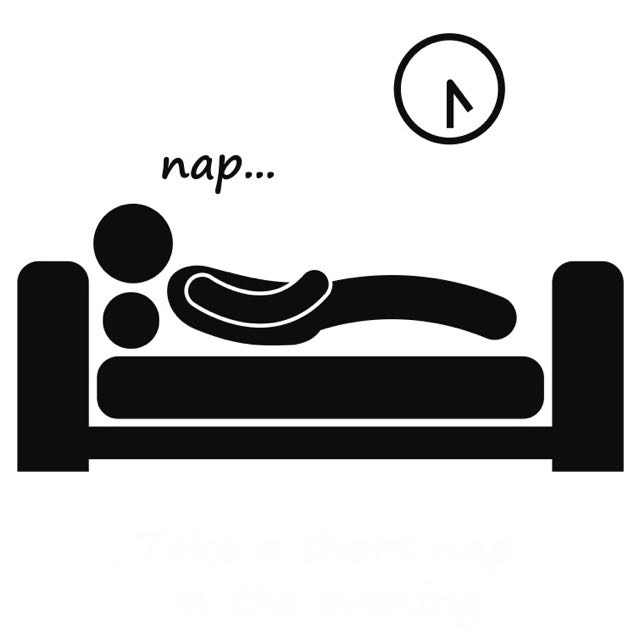
Sleep Well, Lead Well – update and new recommended reading
My most popular blogs of 2016 were the two posts on Sleep in our on-going leadership wellbeing series, Be Well, Lead Well. In my continued efforts to improve my own productivity with better sleep, I recently read ‘Sleep’ by Nick Littlehales, which takes a slightly different approach to the other books I cited at the time, one which I’ve found helpful and may well also benefit you; the busy, time-pressured and variable work-scheduled leader.

Littlehale’s approach has been applied primarily to the elite sports person but has value to anyone with a busy life combining a demanding professional schedule with an active and varied family and social agenda. One of his early clients was Manchester United football club, and he’s since gone on to advise Olympic sports teams, Tour de France squads and numerous celebrities and business people. Such people are often not given the chance to get a standard amount of sleep per night (one of the corner stones of much of the sleep literature), due to demands of travel, short-turn-arounds in between events or the combination of professional and social diaries.
Whilst there are many elements which overlap with previously cited advice in terms of minimising technology and alcohol for a period before bed, how to prepare for sleep and the ideal sleep environment, the critical variation in Littlehale’s advice is as follows;
- 90 minutes is the golden number, build sleep patterns and day-time rest period around these cycles, aim to hit the sheets at the end of the day with a planned number of 90 cycles before the regular wake time.
- Aim for 35x 90 minute sleep cycles over the course of a week. This averages out of course to a number per night much the same as much advice for 8 hours a night, the key difference is to have the focus on a consistent wake time each day, allowing work and social activities to impact each night’s sleep but planning to make up the total by the end of the week whilst regulating the circadian rhythms with a familiar start to the day.
- Work with your chronotype (morning or afternoon person), work with rather than against this in terms of scheduling your day as best you can according to your maximum awareness and align productive periods to this.
- Use day-time rests, Littlehales terms these ‘Controlled Recovery Periods’, to optimise alertness and focused productivity throughout the day, also this time can be used to go towards the end-of-week total.
I have found adopting this approach to be hugely beneficial to my sleep, and one of the main reasons I have observed is that an interrupted night (working late, overnight flight, children waking in the night) when I was aiming for 8 hours let me to struggle to get to, or back to sleep as I was immediately stressing about not getting to the ‘ideal number’. Now each week is more flexible, and most weeks I get to 35 cycles of 90 minutes, especially when I can grab some day-time downtime to ‘top-up’.
If any of this has struck accord with you, I highly recommend you pick up a copy of Littlehales book, which is short and can be devoured easily, and you may also find my previous Sleep articles to have some additional beneficial advice (search Sleep in the search bar on the 4i website).
As always, I look forward to any thoughts or comments you would like to share, and hope this has been of benefit to your leadership.
All the best,
Tim



